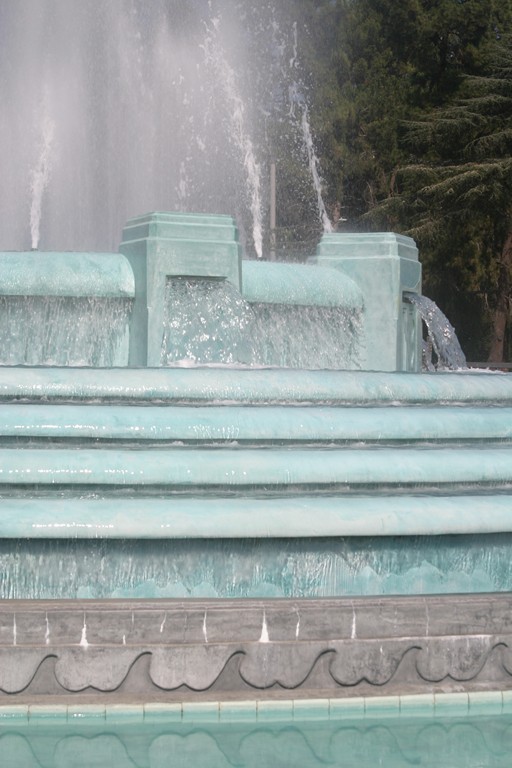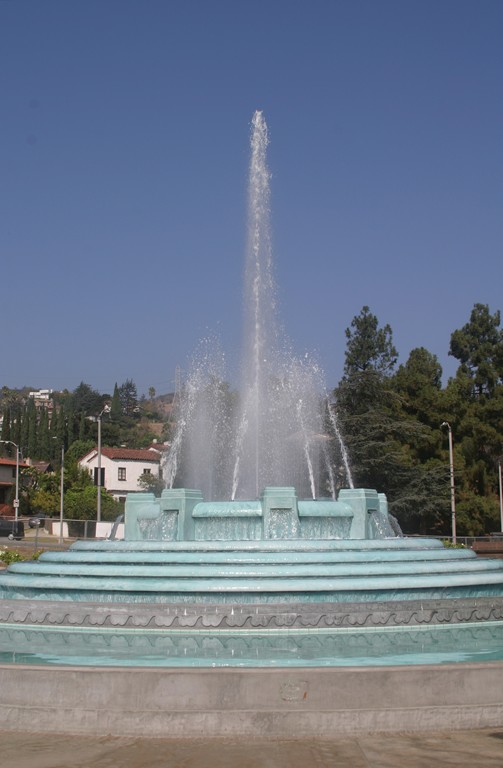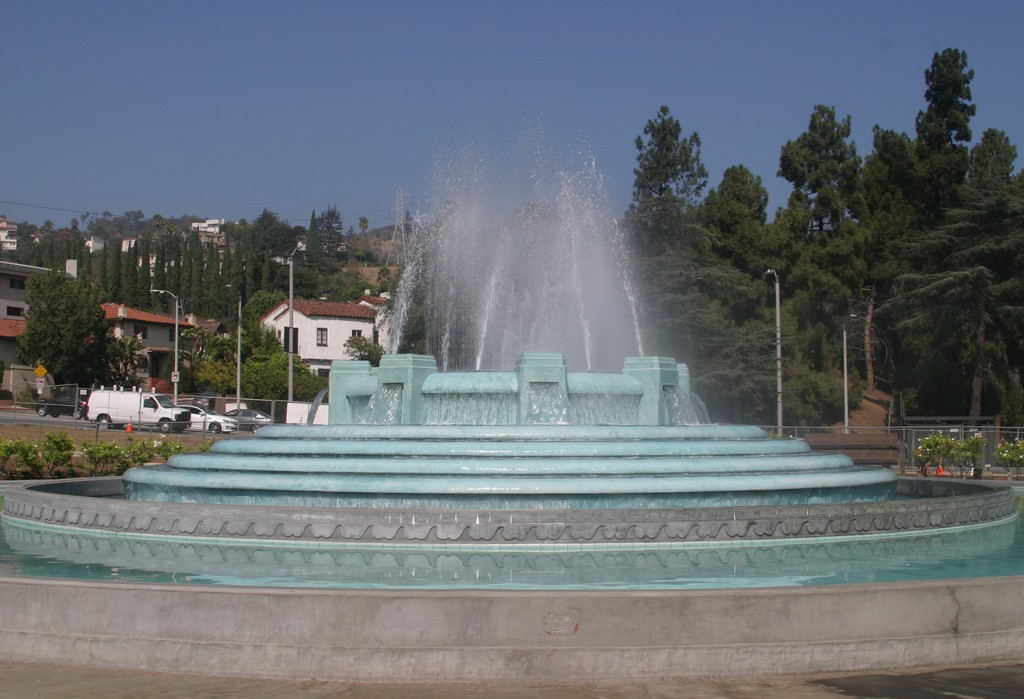Wondrous Trouble

I’ve been a student of California history for many years – and particularly of its water history.
I was hooked as far back as the sixth grade, when I wrote a big report on the California Water Project and how we were, in the 1960s, just beginning to move water from the Feather River in northern California and feed it by circuitous means to parts farther south.
Long before then, however, engineer William Mulholland had addressed water-supply issues very favorably for part of the southland with a truly elegant notion: Acting on the idea of another engineer (and former mayor) named Fred Eaton, Mulholland “borrowed” water from the distant Owens Valley, minimizing ongoing costs by using gravity and siphon effects to speed it from the high elevations on the eastern side of the Sierra Nevada Mountains down close to sea level in Los Angeles.

Los Angeles’ water-grabbing scheme truly worked like a charm, and in the years after the aqueduct started flowing in 1913, a grateful city named all sorts of things after Mulholland, including the famous ridge route of Mulholland Boulevard as well as one of my favorite Los Angeles watershapes: the William Mulholland Memorial Fountain, located near the entrance to Griffith Park. (It’s worth noting that the self-taught engineer had once lived on almost the exact same spot in a one-room wooden shack.)
Set in a tiled, 90-foot-diameter basin, the grand fountain was dedicated in 1940 and features a system that constantly plays with the water’s shape and height. There’s also an array of bright, colored lights that made the fountain an instant local attraction.

The fountain itself played a direct part in the water war: More than 60 years after the aqueduct began flowing, protests over Los Angeles’ 1976 announcement that even more water was to be taken from the Owens Valley led someone to lob a bomb into the fountain. It didn’t explode, but it raised public awareness of the city’s water exploitation to a more enlightened and skeptical citizenry.
To be sure, the history is troubled and in many ways regrettable, but in the case of the fountain, the result is a wondrous tribute to the man who made it possible for Los Angeles to sprawl. It’s well worth a visit, particularly on warm, summer evenings when the lights play in and on the water to best effect – and even better when you follow it up by sitting in on the planetarium show at Griffith Park Observatory, just up the hill.
To see a brief video of the fountain in daylight, click here.
To see a gallery of images that includes a variety of nighttime shots of the fountain at its colorful best, click here and scroll down.










